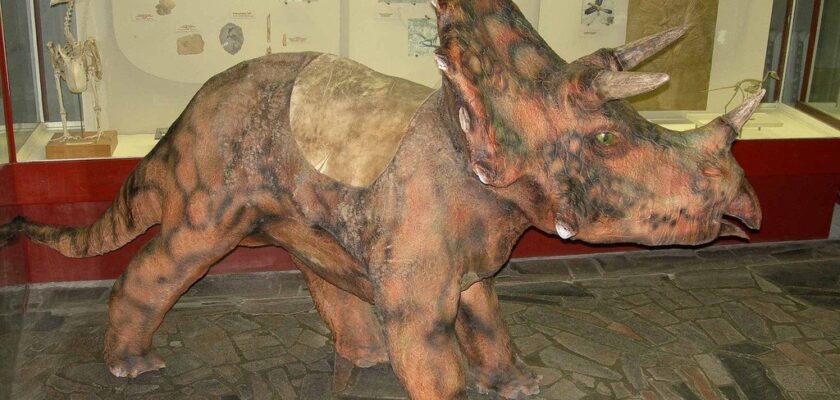Paleontology Museum in Moscow
Paleontological Museum named after Y. A. Orlov of the Russian Academy of Sciences. The Y. A. Orlov Paleontological Museum of the Russian Academy of Sciences, located in Moscow, is one of the largest paleontological collections on the planet. It is located in a picturesque area in the southwestern part of the capital, on Profsoyuznaya Street, in a building resembling an ancient fortress in its architecture. The rich exposition of the Paleontological Museum has unique exhibits that consistently illustrate the evolution of the amazing world of ancient flora and fauna – from the origin of the first living creatures on Earth to the modern era.
.The Moscow Paleontological Museum is included in the structure of the Paleontological Institute of the Academy of Sciences and is a major center of international scientific and practical research.
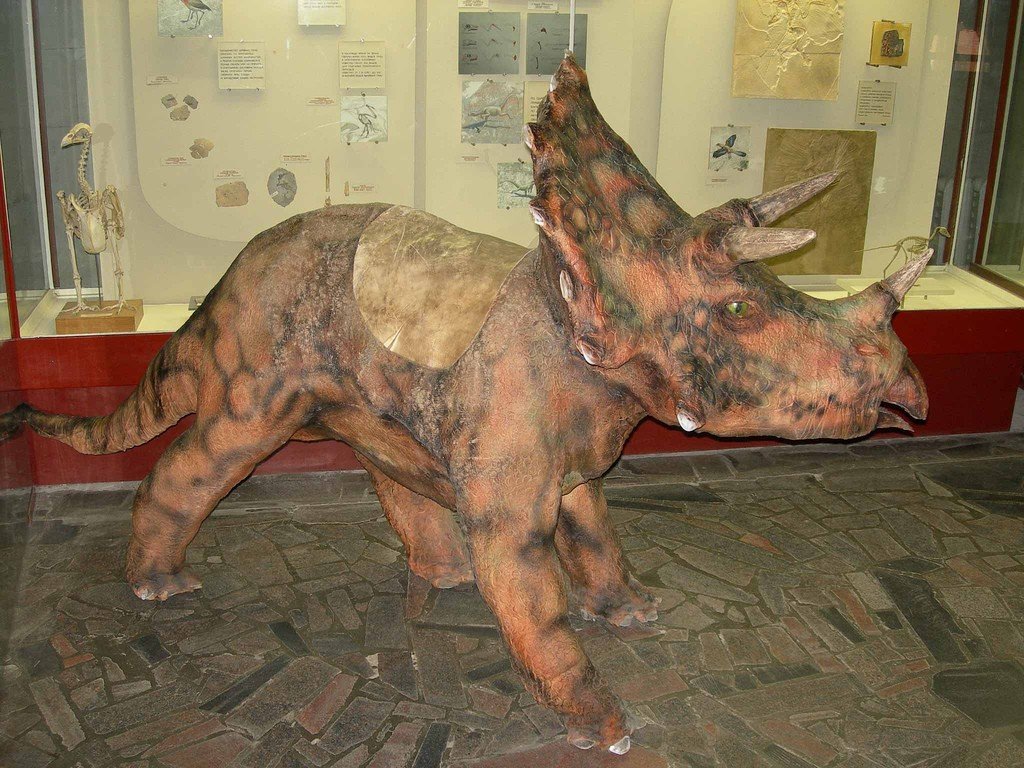
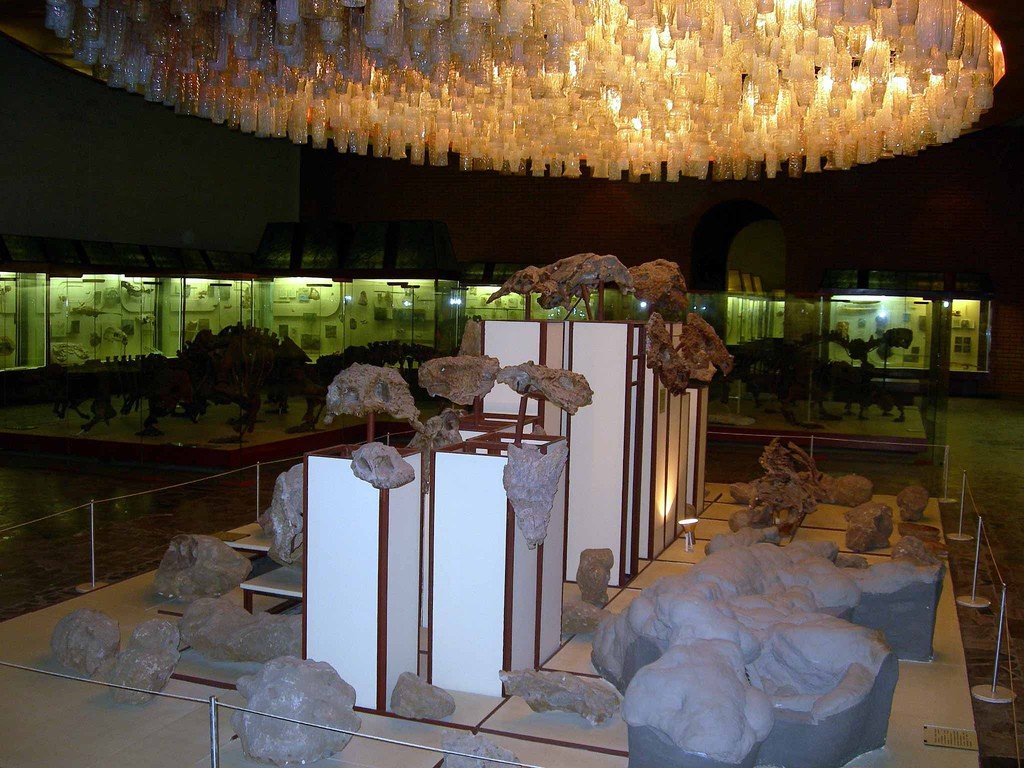
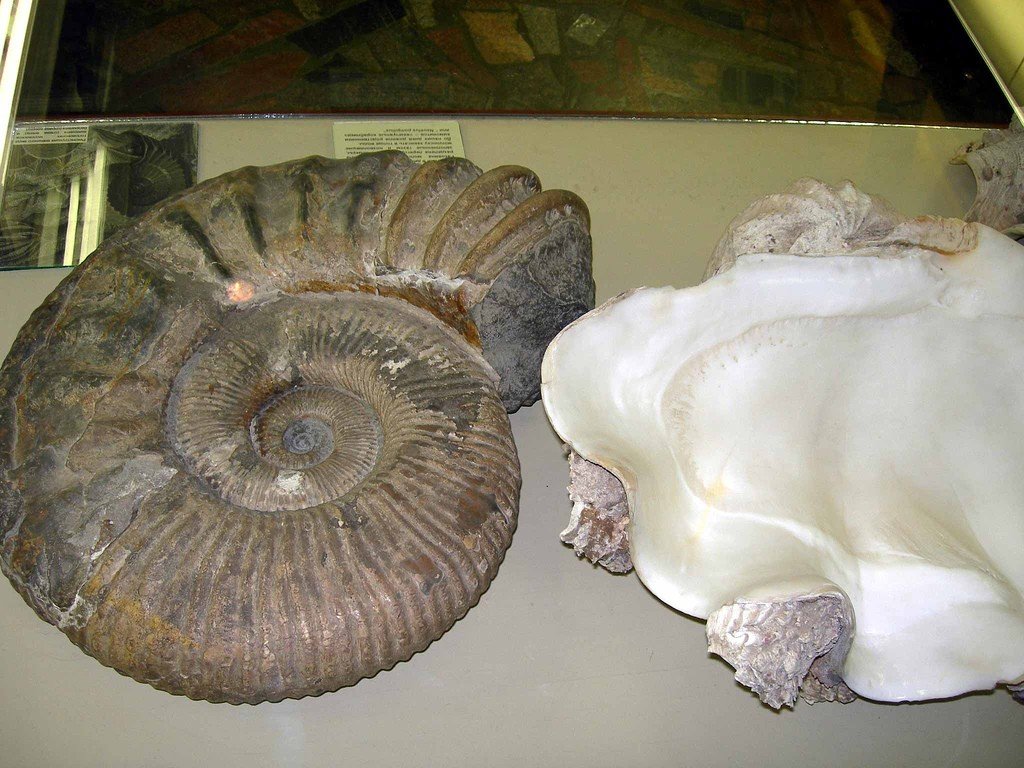
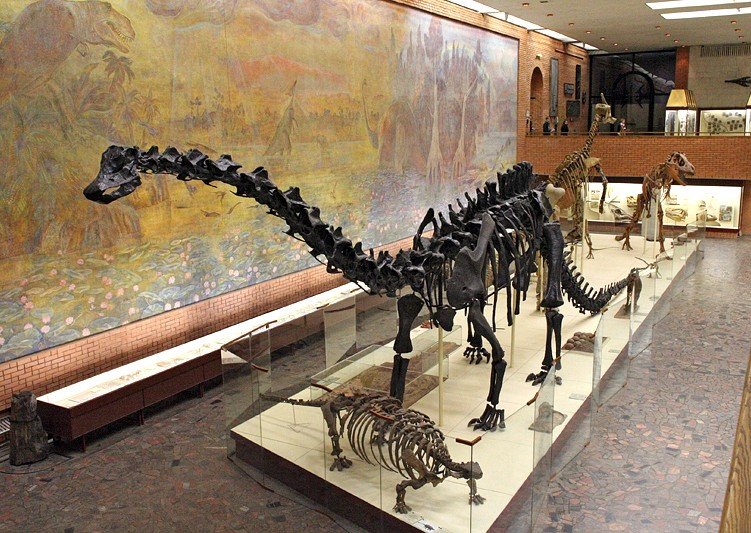
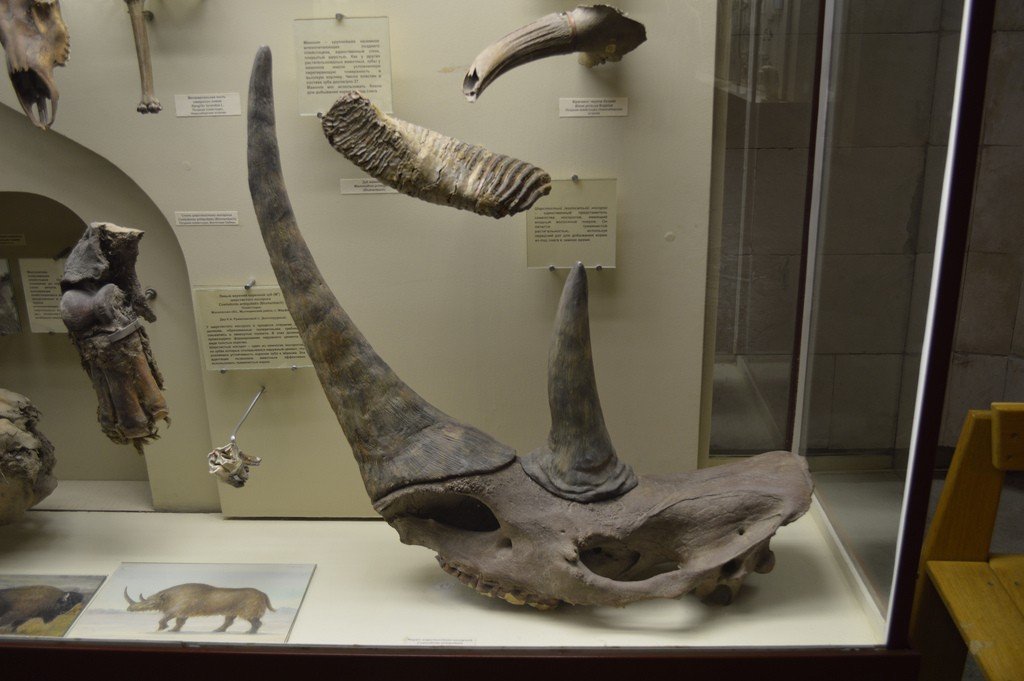
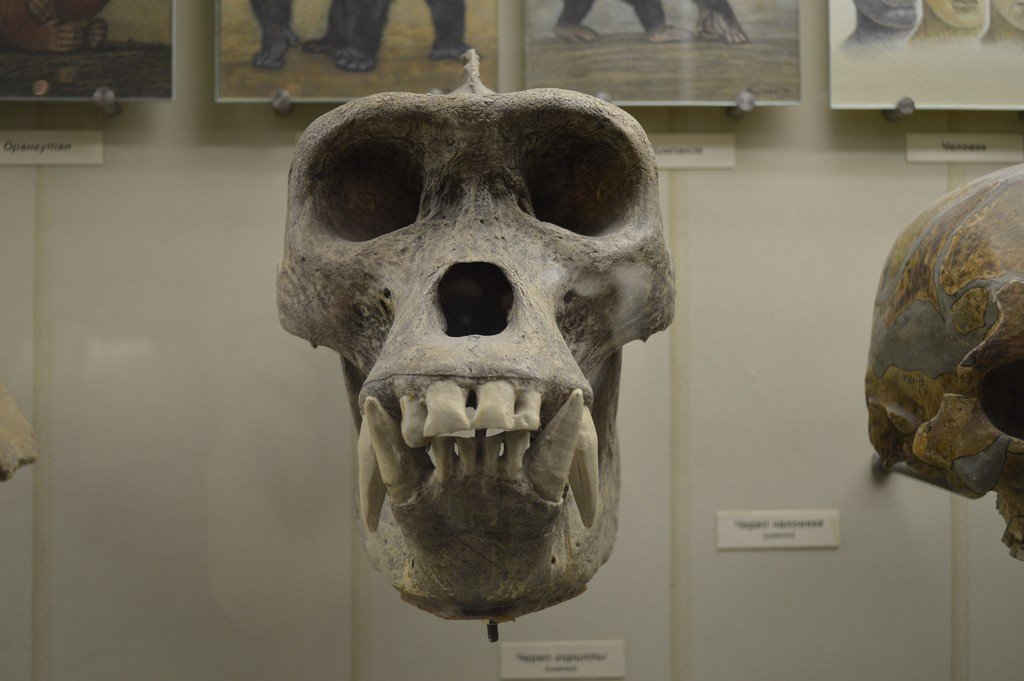
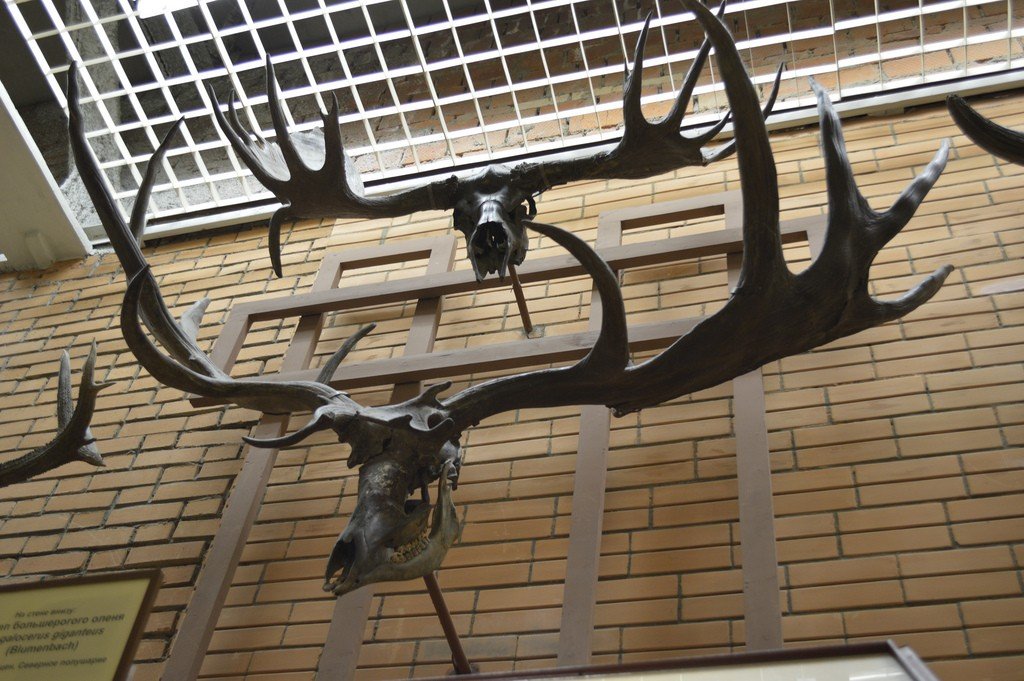
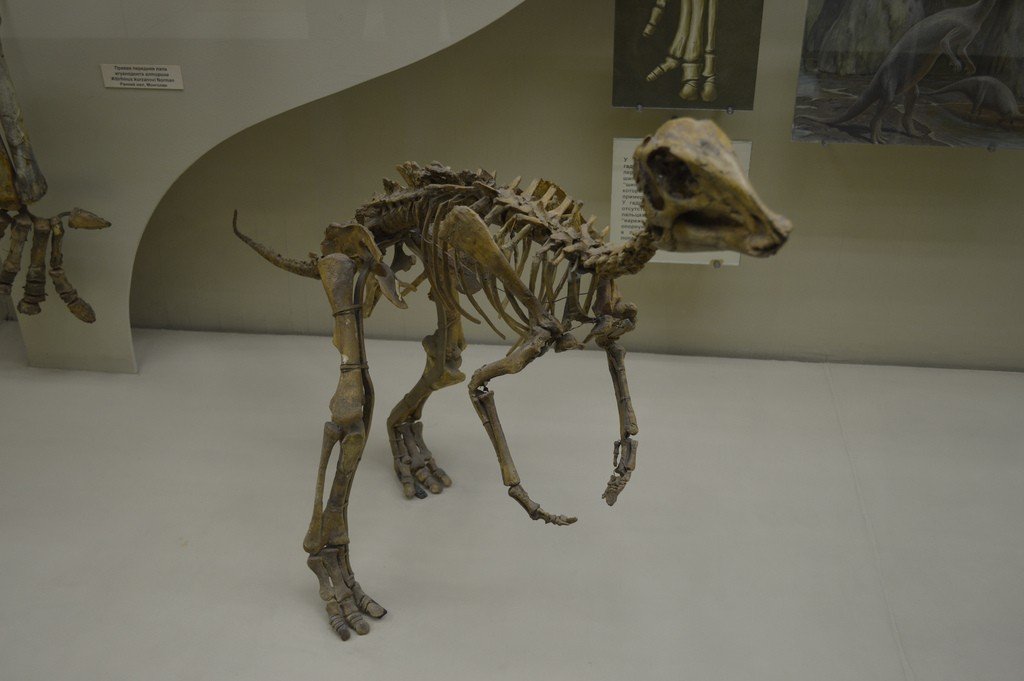
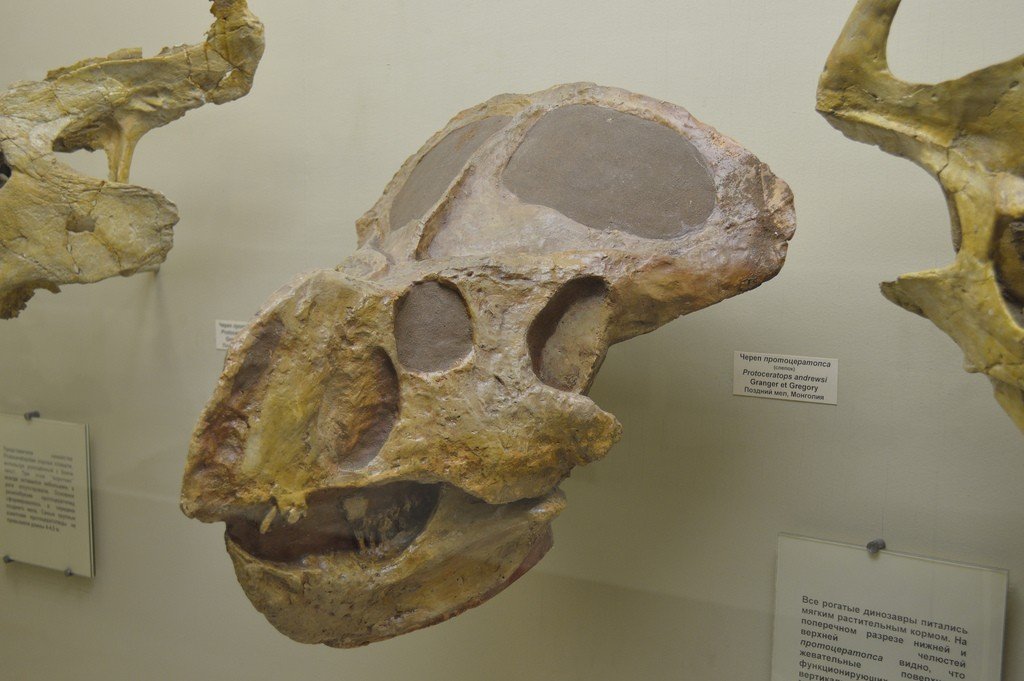
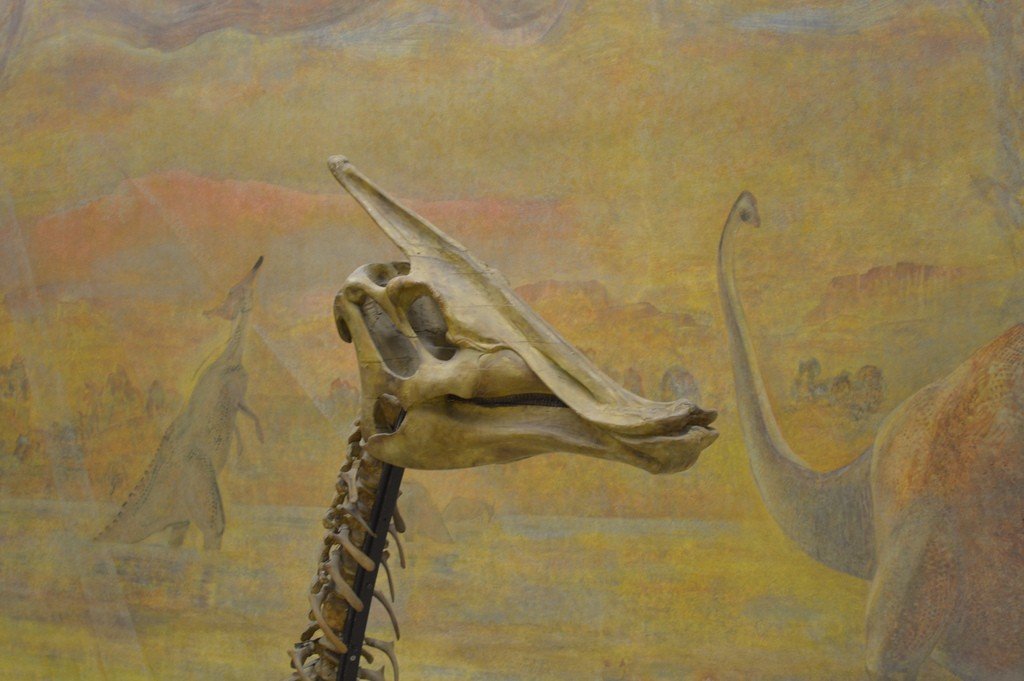
Video: Paleontological Museum
ContentsHistory of the Paleontology Museum
The history of the museum is usually calculated from the beginning of the XVIII century, since the creation of the famous Kunstkamera, founded by Peter the Great in 1716. Along with various curiosities that interested the inquisitive tsar, this collection included giant bones of Ice Age animals and fossils from even earlier epochs. Then the paleocollection was transferred to the Mineral Cabinet of the Imperial Academy of Sciences. It was later used as the basis for the Mineralogical Museum.
.In 1925, by the 200th anniversary of the Russian Academy, the collection of paleontological material was separated into a separate Geological Museum. In the 20s and 30s, the findings of several large scientific expeditions working in Siberia, the Urals and Mongolia added significantly to the collection. During this period, the museum, which was located in Leningrad, was moved to Moscow.
The opening of the Paleontological Museum was timed to coincide with the 1937 International Geological Congress held in the capital. The exposition, open to the general public, was located on Bolshaya Kaluzhskaya Street (today Leninsky Prospekt), in the former equestrian arena of Count Orlov’s estate.
Today, the Paleontological Museum is located in a well-designed burgundy brick building, laid in 1972. The architects of this original structure, resembling an ancient fortress, were awarded the State Prize of the USSR. The initiator of the construction was an outstanding scientist-paleontologist of international renown – Academician Y. A. Orlov. Subsequently, the museum was rightfully named in his honor.
.
In the pleiad of talented scientists – employees of the museum stands out paleontologist Ivan Efremov, who also stood at the origins of this collection. Finds made during his scientific expeditions make up a significant part of the museum’s exposition. Professor Efremov enriched modern world science by creating a new section of practical paleontology – taphonomy. This discipline studies the regularities of formation of fossilized remains of ancient animals and plants in the Earth’s rocks. Efremov’s name is well known to millions of fans of adventure literature and science fiction. Ivan Antonovich was a wonderful writer, his pen belong to the novels “The Andromeda Nebula”, “Tais Athens”, “At the Edge of the Oikumene”, “The Hour of the Bull” and other fascinating works.
.Museum Tour
The Academic Paleontological Museum named after Y. A. Orlov. Yu. A. Orlov Academic Paleontological Museum is divided into several thematic zones, housed in six huge halls. The symbiosis of ideas of talented architects, designers and animal artists is embodied here. Already at the entrance the metal fence of the museum manor tunes in to the mysteries of the universe – the lattice is skillfully made in the form of a graphic puzzle depicting flying pterodactyls, and in the courtyard visitors are greeted by dinosaurs.
.Introductory Hall
Here you will learn about what paleontology is, what fundamental importance this science occupies in the study of the development of life on planet Earth. By the way, the methods of modern paleontology are quite applicable to the study of traces of life, if any, on other planets of the solar system.
.
The hall shocks incoming excursionists with a colossal ceramic panel “Tree of Life” (500 m²). In this plastic composition, the muralist A. Belashov imaginatively and harmoniously depicted the entire process of development of living beings and the organic world on our planet – from marine bacteria to modern humans, animals and plants.
The tour begins with the showcases of the introductory section “Taphonomy”, then a marble staircase will lead you to the second floor. Here the introduction to the basics of paleontology and the importance of this science will continue. On the walls of the hall, framing the showcases, are bas-reliefs of famous scientists, made in bronze – Mikhail Lomonosov, Carl Roullier, Charles Darwin, Alexei Pavlov and others.
.In the center of the exposition is the skeleton of the world-famous “Trofimov’s mammoth”. These remains were discovered in Siberia by industrialist A. Trofimov in 1842. The giant elephant with a height of more than five meters lived in rather warm in those times northern lands more than 40 millennia ago. There are only two such complete skeletons of mammoths (Mammuthus primigenius) in the world. There is also a skeleton of a plesiosaur, a marine lizard that lived in the Earth’s oceans about 200 million years ago (Jurassic period). The guides will tell you about the unbelievable: similar animals have been seen in Scotland’s Lake Nessie, in the hidden forests of Central Africa, in the jungles of Brazil’s Amazonian bays.
.Next door is a cast of the skeleton of an indricotherium, a giant rhinoceros, the heaviest mammal that ever lived on Earth. It weighed up to 20 tons.
.Hall Two: A Time of Hidden Life
The second hall of the Paleontology Museum is dedicated to the Cryptozoic era – literally this Greek term means “hidden life”. This oldest geological epoch began from the moment of formation of the planet Earth – about 4 billion years ago. The latest research proves that it was then that primitive bacteria appeared, which laid the origins of life. Their evolutionary development shaped the functioning of the entire current biosphere.
.Next, the showcases introduce the Paleozoic era, an epoch in which life forms acquired increasing diversity (about half a billion years ago). This period is characterized by the fact that life lived in the oceans, and the uninhabited land was inhabited only by primitive plants.
.
The interiors of the hall are decorated with monumental works – stone carvings with images of inhabitants of the primitive oceans (artist – E. Shcheglova), ceramic elements symbolizing different types of flora and fauna (sculptor – S. Kazansky). And to the right of the entrance on the wall is attached a non-man-made slab of limestone with traces of the most ancient soft-bodied organisms.
.
Display cases in the center of the vast hall tell about a variety of invertebrate animals that inhabited early Paleozoic waters. Against the walls are a series of display cases showing the development of plants.
There is an aquarium in the center of the vast hall.
Here is an aquarium with the only living creatures in this silent kingdom of extinct organisms. In the water solution is a green substance resembling a mossy glade. This is what a community of microscopic cyanobacteria, the first inhabitants of our planet, looks like. They get their green color from chlorophyll. With its help, cyanobacteria saturated the Earth’s atmosphere with oxygen and turned the harsh environment into a suitable for the further development of biological species.
.The third hall: paleontology of the Moscow region
The paleontological history of a vast region with similar geological conditions – Moscow, Yaroslavl, Kaluga, Vladimir and other adjacent areas – is presented here. On the walls are placed maps of this region, representing it in different geological epochs, during which there were both shallow ocean bays and land.
.
Display cases beneath the maps show sections of sediments formed during a particular epoch, casts of animal body tracks and plant leaves preserved in sandstone.
.This part of the Paleontological Museum demonstrates ammonite shells with a marvelous layer of nacre, pointed rostrals of belemnites (ancient Russians called them arrows of Perun) and other fossils.
.The hall is decorated with the composition “Stone-Carbon Forest”, created from ceramics. Here is a unique stone slab with clear imprints of sea lilies, discovered in the Moscow region.
.
Fourth hall: the most ancient vertebrates
This exposition presents the paleontological history of the European continent on the edge of the Paleozoic and Mesozoic – 400-200 million years ago. Stone slabs with trace tracks and body imprints of fish, amphibians and mollusks are placed in display cases and on tables. Skeletons of vertebrates that emerged from the water onto land are displayed on catwalks. After millions of years, they evolved to become mammalian animals.
.The walls depict the images of living creatures from the Mesozoic era, which scientists have reconstructed. In the technique of carving on white marble, they were made by sculptor M. Barinov. And artist O. Malysheva created beautiful terracotta bas-reliefs of primitive creatures. The hall is illuminated by a forged tiered copper chandelier with decorative images of ancient vertebrates by artist P. Panchenko.
.Fifth hall: the era of dinosaurs
Visitors to the Paleontological Museum are especially impressed by the exhibits in the hall dedicated to the era of dinosaurs. These giant reptiles appeared in the Triassic period, when all the continents of the planet represented a single landmass – Pangea, surrounded by the ocean. The wall of the hall is decorated with a panoramic panel reproducing the landscape of the Gobi Desert of the Late Cretaceous period (artists M. Miturich and V. Duvidov). It was then, about a hundred million years ago, that various species of dinosaurs became the “protagonists” of evolution. They conquered not only land, rivers and seas. Some lizards had wings and were able to rise into the air. Collected skeletons of ancient animals are exhibited on a podium. The room is specially built in two levels. From the balcony you can get a good look at the colossal skeletons of lizards discovered during excavations in Central Asia and Eastern Europe. The largest of these belongs to a diplodocus. This 26-meter-long skeleton was discovered in North America in 1899, and was subsequently presented to Emperor Nicholas II. Skeletal groups of large and small inhabitants of the Cretaceous period planet are also placed on the second level of the hall.
.The wall far from the entrance is decorated with a painting depicting a group of Zaurolophus dinosaurs. It was painted by the paleontologist K. Flerov. On white stone slabs are carved reconstructed images of Cretaceous reptiles, birds, plants (sculptor P. Stepanov). At that period the first mammals appeared. 65 million years ago, dinosaurs disappeared from the face of the planet for reasons not yet determined. But until now there are some of their contemporaries: turtles, crocodiles, lizards, snakes. Several showcases are dedicated to these animals.
.Sixth hall: the era of mammals
The exposition of this section of the Paleontological Museum tells about the animals and plants of the Cenozoic era, which lasts even now. It is characterized by the evolution of mammals and flowering plants.
>At the entrance are carved in travertine slabs images of animals (artist O. Kulikova), many are made in life-size. There are a lot of animalistic paintings, among them stands out the panel “Buffalo Hunting” (artist – A. Popova). Attention is drawn to the skeleton of elasmotherium – a large rhinoceros (4.3 m) that once inhabited vast areas from the Black Sea to Western Siberia. A contemporary of the Elasmotherium rhinoceros was a true giant – the Trogonterium elephant. He was much larger than the woolly mammoths that appeared later. The skull of this steppe mammoth is mounted on a podium in the center of the hall. The elephant’s tusks were up to five meters long. An idea of the animal’s appearance is given by a painting exhibited here.
.Exhibits tell about climate change on the planet, the species of animals that inhabited the Earth’s continents in favorable climatic conditions and during the onset of glaciers on land. The showcases are grouped thematically, representing the most important mammalian groups.
.Educational activities
The Moscow Paleontological Museum named after Y. A. Orlov. Yuri A. Orlov Paleontological Museum is widely known for its educational programs for schoolchildren and students. It hosts regular classes for students in the Paleontological Workshop: young enthusiasts study fossil remains of organisms that lived on the planet in past geological eras.
.
From September to May, the Paleo Club works at the museum. During the classes schoolchildren learn how life developed on our planet, sometimes going on well-prepared one-day search expeditions, looking for fossil remains of marine and land animals that lived in the vicinity of the capital hundreds of millions of years ago, and then discussing their findings at seminars under the guidance of famous scientists.
.
Everyone living in any corner of the country can participate in the annual contest “Paleontological Chronicle of Russia”. Prizes and diplomas are awarded to the winners at the final conference.
Visiting the museum
The Paleontological Museum named after Y. A. Orlov of the Russian Academy of Sciences. Y. A. Orlov Museum of Paleontology of the Russian Academy of Sciences is open for visits from Wednesday through Sunday from 10:00 to 18:00. The ticket office closes at 17:15. On Monday and Tuesday the museum is not open.
.The ticket price is 400 rubles. For students and schoolchildren are discounted tickets for 200 rubles. Note that at the museum ticket office you can pay only in cash. Free admission is available to employees of other museums, veterans of the Great Patriotic War and preschool children.
.
Excursions are paid separately: the cost is 3700 rubles (group of 6 persons) and 9300 rubles (group of 20 persons).
.For non-commercial purposes in the Paleontological Museum, you are allowed to take photographs and videotape exhibits free of charge.
.
How to get there
Getting to the Paleontology Museum, located at Profsoyuznaya Street, 123, is convenient by subway. It is only a ten-minute walk from the stations “Konkovo” and “Teply Stan”. You need to walk along Profsoyuznaya St.
.From the subway you can also get to the museum by any public transport going along Profsoyuznaya Street to the stop “Paleontological Institute.”
.